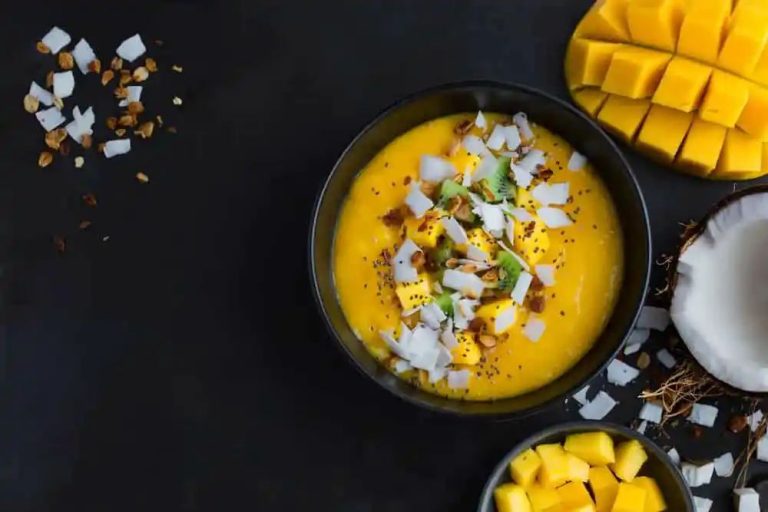7 Pie Varieties That Every Baker Should Have In Their Repertoire

Cookies are wonderful. The cake tastes amazing. But nothing beats pie for a genuinely amazing, melt-in-your-mouth, flavour-filled dessert that is seasonal, cosy, rich with feelings and memories, and even includes some fruit.
It may be the pecan pie you were dying to try around the holidays, the lemon meringue pie or the rhubarb cream pie that you can make every spring as soon as the weather warms up.
Pies, in whatever form you choose, provide distinct flavour combinations, tastes, and textures that are hard to find elsewhere. Throughout the year, pies make us happy and elevate our palates to a level that no other dessert can match. They are especially delicious in the summer and autumn when they are loaded with perfectly ripe, in-season fruit. So, here are different types of pie that every baker should keep in their repertoire.
Double-Crust Pies
Double-crust pies are made with both a top and bottom layer, in contrast to single-crust pies, which have just a bottom crust, such as a pumpkin pie. The top crust is typically used with fruit fillings like apples or cherries. It can also be latticed to allow for more evaporation during baking. In addition to being tasty, double-crust pies have a practical purpose since the additional layer of dough improves content containment and provides the pie structure. It’s advisable to let your double-crust pie rest for a few hours before slicing because of its texture. When it’s done, serve it with ice cream or homemade whipped cream.
Custard Pies
The filling of custard pies is made with thickened eggs and is somewhat denser than pastry cream. Eggs, dairy, and sugar are combined and baked into a single crust until firm. The custard is a creamy, faintly eggy filling that melds with the crust after it cools. When the centre of a custard pie still wobbles slightly, it’s done-165 degrees F is usually the sweet spot.
Grainy and rubbery fillings can occur in overcooked custard pies. To give the custard a head start and prevent the sides from overcooking before the centre sets, it is often cooked in a pot before being added to the pie. You can add almost any flavour you can imagine to the custard.
Cream Pies
A cream pie is constructed with a single layer of classic pastry, graham cracker crust, or cookie crust, and a pudding filling that is baked and chilled separately. After that, it’s constructed and often has whipped cream on top. There are several flavours of cream pies, such as chocolate, banana, coconut, and vanilla.
Meringue Pies
These pies have a fluffy, sugary, cloud-like filling adorned with a high plume of whipped egg whites. A custard- or curd-filled pie commonly has a meringue on top, which the baker beats up in a stand mixer and then bakes short atop the pie to colour. Meringue should be whipped until it forms stiff peaks to prevent it from leaking, and it should be anchored to the crust’s edge to prevent it from pulling away from the edges after broiling. The lemon meringue is the classic, along with the caramel meringue and the chocolate meringue.





